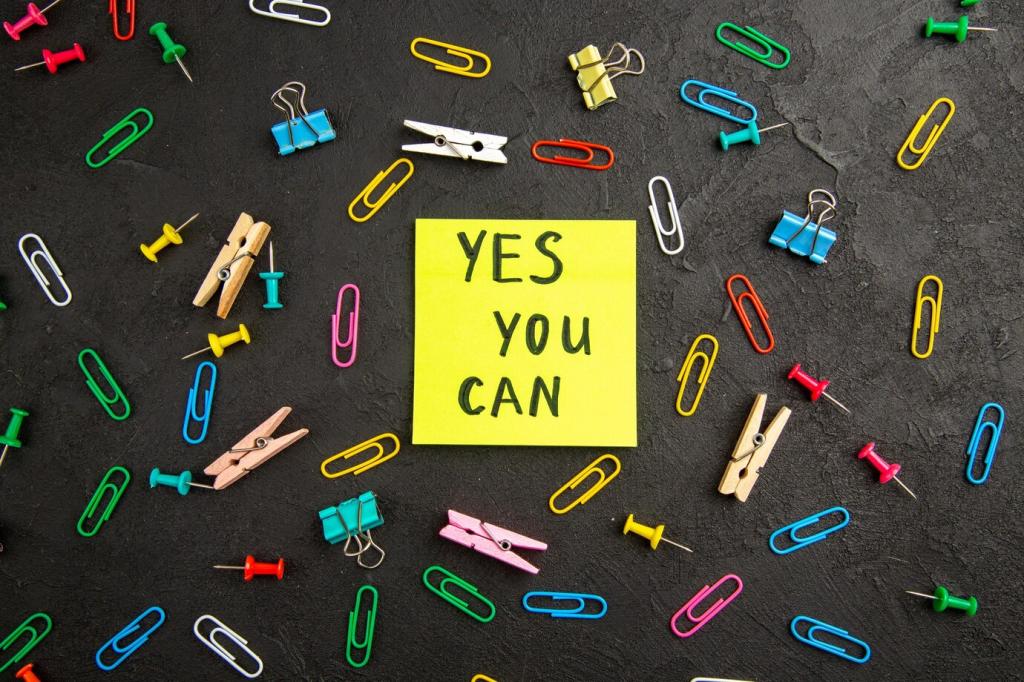Step-by-Step Guide to Changing Vehicle Oil: Turn a Chore into Confidence
Prepare Your Space and Safety Gear
Choose a flat surface with good ventilation, chock the wheels, and keep pets away. Lay down cardboard or an absorbent mat to catch drips, and keep a flashlight within reach for visibility around the pan and filter.


Warm the Engine Carefully
Run the engine for a few minutes so the oil thins and drains more completely. Do not overheat it. Warm, not hot, oil flows better, lowers the chance of burns, and makes the process smoother and faster overall.

Position the Car on Ramps or Jack Stands
Use ramps or a hydraulic jack with jack stands rated for your vehicle weight. Confirm contact points with the manual, and never rely solely on a jack. Gentle rocking after placement confirms stability before you slide underneath.

Find the Drain Plug and Filter Without Guesswork
Consult the manual or a diagram to identify the oil pan drain plug and filter location, which may be top mounted or underneath. Wipe surfaces clean to see clearly, and ensure you are not mistaking the transmission plug.
Drain the Old Oil Without Mess
Loosen, Control, and Watch the Flow
Break the drain plug free carefully, then remove it by hand while pressing inward to control the last threads. Angle the drain pan to catch the stream, which often arcs at first, then shifts as the flow slows to a drip.
Replace the Crush Washer and Clean the Area
Inspect the plug and install a new crush washer if your model requires it. Wipe the pan surface clean, remove any grit, and hand start the plug to avoid cross threading before tightening to the manufacturer torque specification.
Anecdote: The Case of the Flying Drain Plug
A neighbor once pulled the plug too quickly and launched it into the pan with a splash. Now he always loosens slowly, uses gloved fingers, and keeps a magnet handy so retrieval is simple and the driveway stays clean.

Replace the Oil Filter the Right Way
Pre-Fill and Oil the Gasket
If the filter orientation allows, pre fill it to reduce dry start time, then lightly coat the rubber gasket with fresh oil. This helps sealing, prevents sticking, and makes next time removal easier and more predictable.
Spin On, Then Tighten Properly
Spin the filter until the gasket contacts the base, then tighten by hand the recommended fraction of a turn. Over tightening can deform the gasket and cause leaks, while under tightening risks loosening during hot, high pressure operation.
Check for Old Gasket and Prevent Double Sealing
Always confirm the old gasket is not stuck to the housing. A doubled gasket will leak under pressure and make a mess. A quick glance and wipe can save cleanup time and protect the engine from oil starvation.
Add Oil in Stages and Use the Dipstick
Pour in most of the required capacity using a funnel, then wait a minute and check the dipstick. Top up gradually to reach the full mark, avoiding overfilling, which can aerate oil and reduce lubrication effectiveness.
Start, Circulate, and Scan for Leaks
Start the engine for thirty seconds, watching the oil pressure light and inspecting the drain plug and filter area. Shut down, wait, recheck the dipstick, and add a small amount if needed to hit the correct final level.
Reset the Maintenance Light and Log the Mileage
Follow your vehicle procedure to reset the service reminder so you get accurate alerts later. Note the date, mileage, oil brand, and viscosity in a logbook, then subscribe for reminders and fresh tips on timely maintenance.
Dispose Responsibly and Share Your Experience
Pour used oil into a sealed container and take it to an auto parts store or recycling center that accepts it. Place the drained filter in a plastic bag. Never pour oil into drains or onto soil, even in tiny amounts.
Dispose Responsibly and Share Your Experience
Note how many quarts you used, any drips you observed, and the torque you applied to the plug. Set a reminder based on time and mileage, since severe driving conditions can shorten intervals recommended by the manufacturer.

